How To Clean Copper
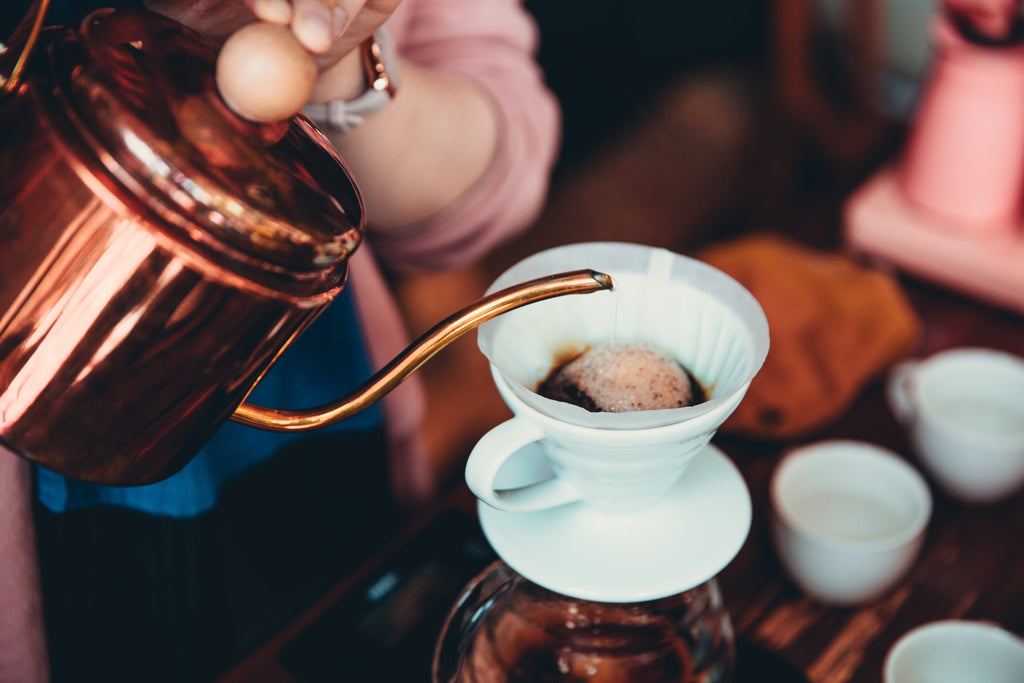
Copper is found in many household items such as saucepans, mugs, jugs, jewellery, handles, and door furniture. But like other metals it will become dull over time, losing its lustre and shine for a more tarnished and distorted look. Copper starts off with a vivid deep orange colour, but as it becomes exposed to air and moisture the metal goes through a process called oxidisation.
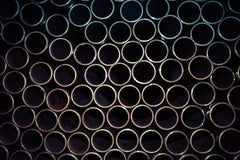
Oxidisation will begin to slowly over time change the natural colour of copper. Copper starts from its usual deep orange hue, but once it begins to react with oxygen it turns into a duller brown colour, known as being tarnished. The coppers surface will become darker over time, eventually turning from the brown black to a green colour which will lighten over the years.

The distinctive green coating that is commonly associated with copper is named patina- (think the Statue of Liberty!) This copper oxidisation doesn’t destroy nor damage the copper, the patina is a thin layer that forms on the coppers surface as a way of protecting the metal from further damage.
Whilst oxidisation of the metal is effective at ensuring the copper doesn’t become destroyed or damaged by the elements, it’s not aesthetically what many people wish to have within their home on their items such as their cookware or jewellery.
However, oxidation can easily be removed, and the copper cleaned back to its original state- be aware though about the temptation to rub vigorously at the metal to remove the discolouration could easily scratch the surface!
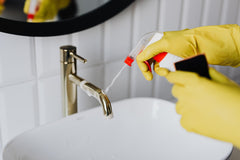
There are a number of different ways in which copper can be cleaned easily and effectively, some methods use everyday items you may already have in your cupboard, or you may wish to choose a specially formulated product made especially for cleaning copper that you can apply to bring up the surface again.
In this article we explore some different tried and tested methods for cleaning copper.
Before you begin to clean your copper, it is important to check what finish it has. Some copper has been given a lacquered, sealed finish in order to prevent it from becoming tarnished. If you clean a surface using some of the methods below and it does have a sealed finish, they could destroy the lacquer- so make sure you check yours before attempting any of the below methods!
Vinegar & Salt Method:
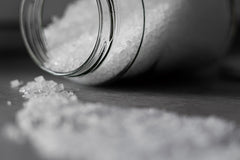
Mix equal parts salt and vinegar together to form a paste. Once mixed together, use a tea towel, or any other soft fabric to scoop out the paste to use on the copper. Rub your salt and vinegar paste onto the copper, you may need to rub the surface quite vigorously in some places to ensure that it gets right onto the tarnished area. Once you are happy with the achieved finish you can simply rinse off the paste using running cold water. Ensure you fully remove all of the residue of paste before drying and buffering the copper with a dry towel.
Lemon Juice & Salt Method:

Create a cleaning solution using lemon juice and salt. Use approx. double the amount of lemon juice to salt in order to dissolve the salt granules. Use a soft cloth to rub the solution onto the copper. For tougher areas with stains, you may need to rub the solution in a couple of times.
You can also cut a lemon in half and rub it directly onto the copper.
Ketchup Method:
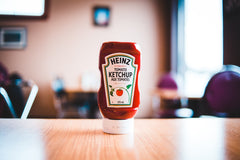
Yes, it’s true, ketchup can be used as a cleaning method for copper! Squeeze a small amount of tomato ketchup onto a cloth and rub into you copper piece.
Vinegar, Salt & Water Heated Method:
Use one cup vinegar, three cups of water, and one tablespoon of salt into a large saucepan. Add your copper item and heat up the solution until it begins to boil. Be careful when removing your item from the saucepan as it will remain hot for a while so take care!
If creating your own cleaning solution isn’t your thing- then don’t worry there are also ready to use products on the market that you can buy and use for effective cleaning of copper.
